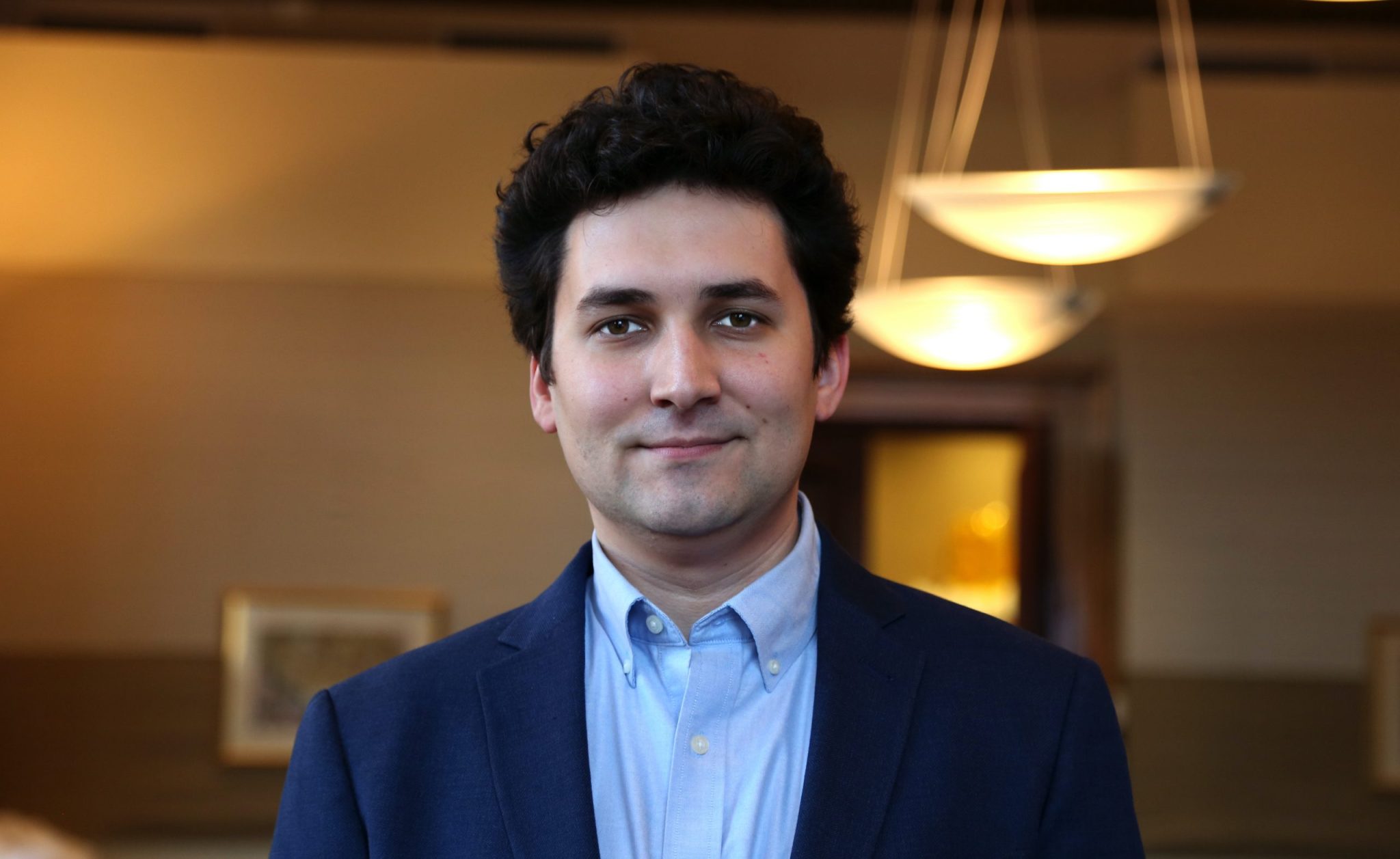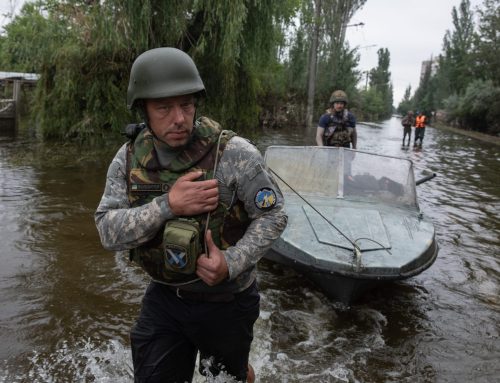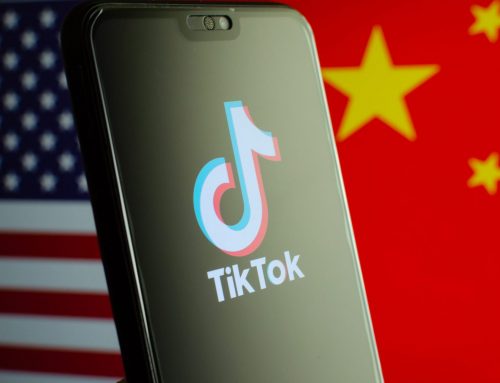Last week, Russian state media seized on a story involving “leaked” U.K. Foreign Office documents that allegedly revealed the “UK government’s covert operations aimed at tarnishing Russia’s image.” The outlets used the story to accuse both the U.K. government and Twitter, which initially placed a hacked materials warning label on an article about the leak by anti-establishment alternative media outlet The Grayzone, as hypocritical or having “double standards” regarding negative coverage of the U.K. government as compared to such coverage of the Russian government. While not proliferating widely in the Russian state media ecosystem monitored on Hamilton, Amnesty International’s decision to no longer consider Russian opposition figure Alexei Navalny a “prisoner of conscience” due to his past “advocacy of hatred” attracted some attention, particularly after allegations surfaced that the decision came as a result of RT reporting and/or pressure (which Amnesty later denied). Specifically, at least one diplomat celebrated Amnesty’s decision, and both RT and Sputnik reported on it, while RT in particular pushed back strongly on claims of its untoward involvement by alleging anti-Russian bias in the mainstream media. RT further defended itself by presenting its reporting as revealing the truth about Navalny and suggesting that Amnesty plays favorites anyway. In coronavirus coverage, Russian state media and diplomats celebrated the arrival of the first shipment of the Sputnik V vaccine to Mexico last week. Meanwhile, state media continued to cover the “massive problems” affecting the EU vaccine rollout, at times noting that Sputnik V is filling the gap in some countries. Finally, although the Sputnik V vaccine received more than nine times the amount of coverage from monitored Russian accounts on Twitter than the Pfizer, Moderna, and AstraZeneca vaccines combined, the most shared narrative highlighted claims of Pfizer’s “aggressive” or “bullying” negotiations with countries hoping to purchase its vaccine, continuing a trend of Russian state media aggressively attacking Pfizer.
Xinjiang, the westernmost province of China where up to a million Uighurs are being held in detention centers, featured prominently in last week’s messaging from Chinese Twitter accounts monitored on Hamilton 2.0. “Xinjiang” was the second most mentioned term by the network overall, and the first most mentioned term by Chinese officials and diplomatic accounts. Besides China, tweets mentioning Xinjiang mentioned Canada the most after the Canadian Parliament voted last week to declare Chinese authorities’ actions in Xinjiang a genocide. A key Chinese whataboutism narrative last week was that North American democracies were worse human rights abusers than China. The two most prominent spokespeople at the Chinese MFA used this specific point against the United States. Within minutes of each other, they posted near identical tweets in which they contrasted Uighurs’ treatment in China with Native Americans’ fate in the United States. Another key narrative was that the sources behind the research attacking China’s human rights record in Xinjiang are unreliable. In particular, researcher Adrian Zenz was singled out as an “extremist.” An article attacking Zenz’s research and character published by The Grayzone (a different article than the one promoted by Russian accounts) was cited by Chinese state media and retweeted by Chinese diplomats and outlets in Africa, Europe, Asia, and North America. Last week also saw a spike in video segments about racism in the United States on CGTN (10 over the course of the week). Some segments were about systemic racism against African Americans, while others covered the explosion of hate crimes targeting Asian Americans. At least one segment explicitly made the connection between both issues. Finally, China continued its vaccine diplomacy efforts by promoting the successes of its global vaccine distribution efforts, while suggesting that the “selfish” United States give vaccine diplomacy a try.
On the Iranian dashboard, Iranian media condemned the U.S. airstrike on a Tehran-backed Shia militia in Syria, though political and diplomatic accounts remained conspicuously quiet. State backed media diligently referred to the militia as an “anti-terror group,” while referring to U.S.-backed groups as “Daesh terrorists.” Iran continued its press offensive on the Iranian nuclear deal (JCPOA), with the agreement once again the most used hashtag by regime-linked accounts. This week, it was the supreme leader’s Arabic-language account that generated by far the most engagement on the topic. In coronavirus messaging, Iran celebrated the donation of Chinese vaccines as a sign of “friendship between the two nations,” while it blasted the United States for racial inequities in its domestic distribution of vaccines.
Explore the Hamilton 2.0 dashboard here.
The views expressed in GMF publications and commentary are the views of the author alone.








